Time Period: Early Twentieth Century (1901 - 1940) - Starting with B
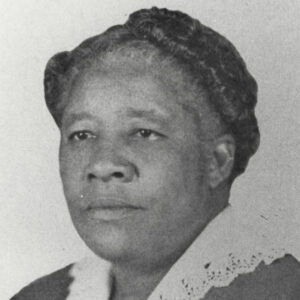 Lillian Brown
Lillian Brown
Brown, William Montgomery
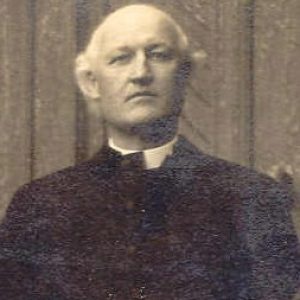 William Montgomery Brown
William Montgomery Brown
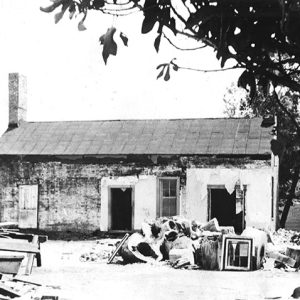 Brownlee House
Brownlee House
 Brownlee House Renovation
Brownlee House Renovation
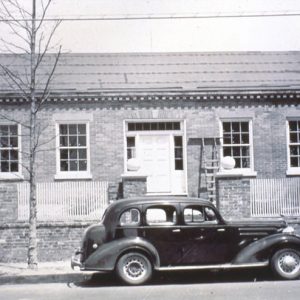 Brownlee House; 1940s
Brownlee House; 1940s
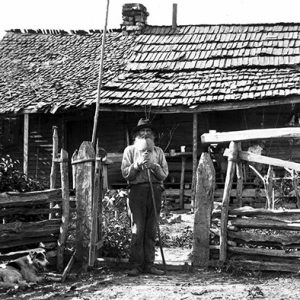 John Wesley Bruce
John Wesley Bruce
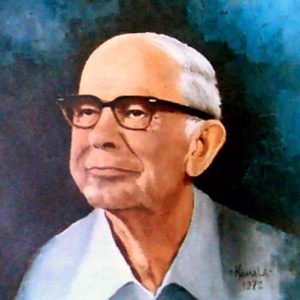 Albert E. Brumley
Albert E. Brumley
Brumley, Albert Edward
Brushy Island Riots of 1915–1917
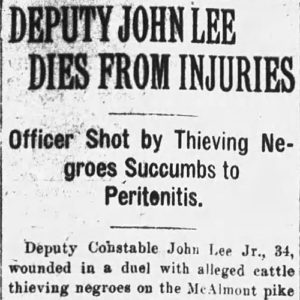 Brushy Island Riots Story
Brushy Island Riots Story
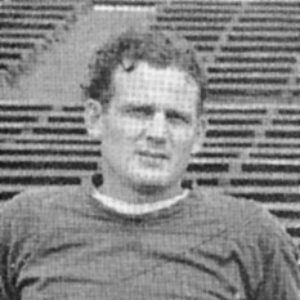 "Bear" Bryant
"Bear" Bryant
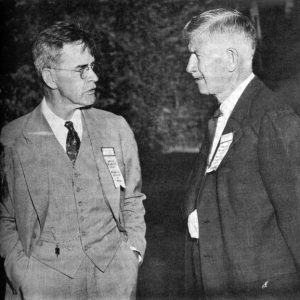 Herbert Buchanan and George A. Campbell
Herbert Buchanan and George A. Campbell
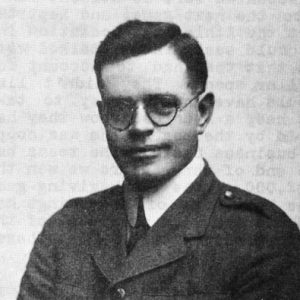 Herbert Buchanan
Herbert Buchanan
Buchanan, Herbert Earle
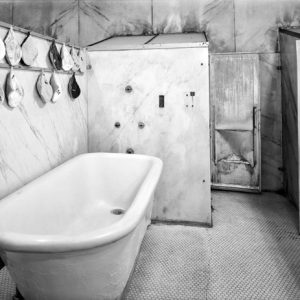 Buckstaff Bathhouse Facilities
Buckstaff Bathhouse Facilities
Buffalo River Bridge
aka: Pruitt Bridge
Buford School Building
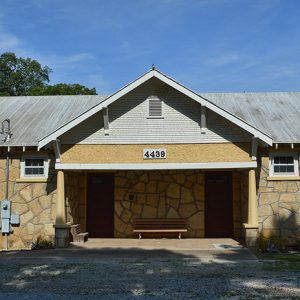 Buford School Building
Buford School Building
 Bull Shoals Aerial View
Bull Shoals Aerial View
Bunch-Walton Post 22 American Legion Hut
Bunch, William
aka: Peetie Wheatstraw
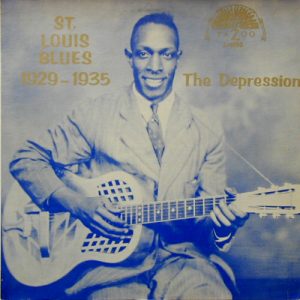 William Bunch
William Bunch
Burdette School Complex Historic District
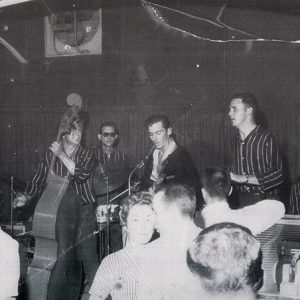 Sonny Burgess & the Pacers
Sonny Burgess & the Pacers
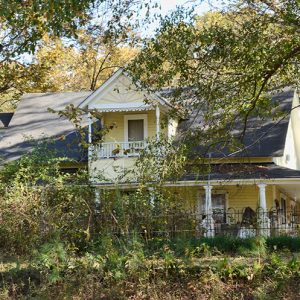 Burkett House
Burkett House
 Burnette Springs Hotel
Burnette Springs Hotel
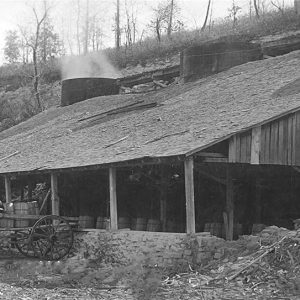 Burning Lime
Burning Lime
Burns, Bob
aka: Robin Burn
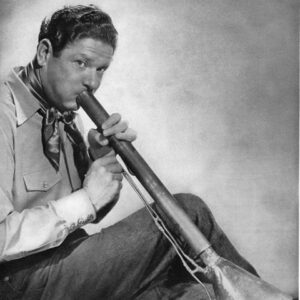 Bob Burns with Bazooka
Bob Burns with Bazooka
 Bob Burns House
Bob Burns House
Burr, Edward Everett
 Burr Illustration
Burr Illustration
 Ballet Painting
Ballet Painting
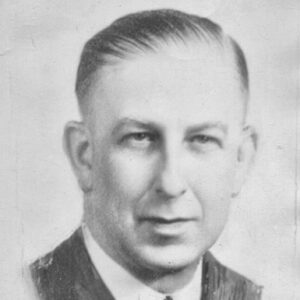 Everett Burr
Everett Burr
 George Burr
George Burr
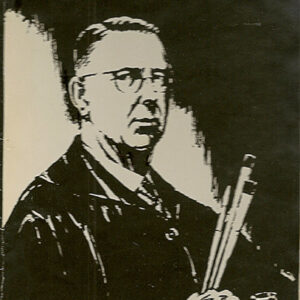 Everett Burr Self-Portrait
Everett Burr Self-Portrait
Burrow v. Pocahontas School District
 Burrows Home
Burrows Home
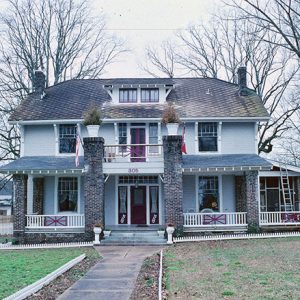 P. D. Burton House
P. D. Burton House
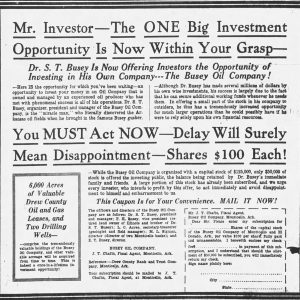 Busey Oil Ad
Busey Oil Ad
Busey, Samuel Thompson
Bush-Dubisson House
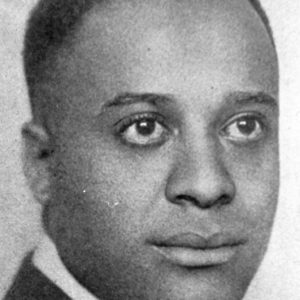 A. E. Bush
A. E. Bush
 Cyrus Bussey Death Notice
Cyrus Bussey Death Notice
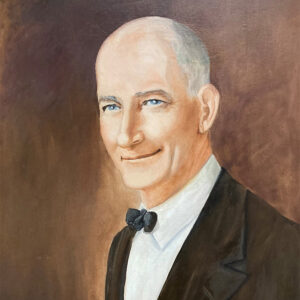 Turner Butler
Turner Butler
Butler, Turner
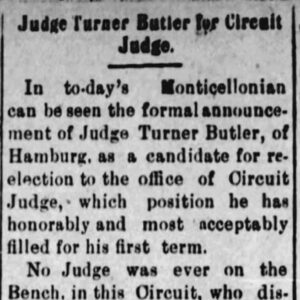 Turner Butler Candidacy Story
Turner Butler Candidacy Story
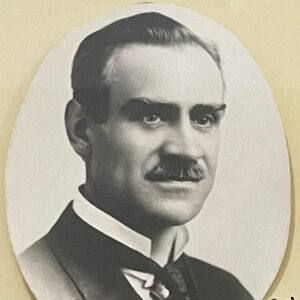 Festus O. Butt
Festus O. Butt




